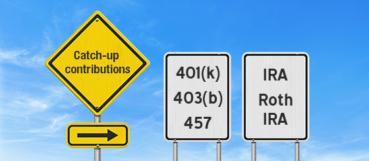Selling stock by year-end? Watch out for the wash sale rule

If you’re thinking about selling stock shares at a loss to offset gains that you’ve realized during 2022, it’s important to watch out for the “wash sale” rule.
The loss could be disallowed
Under this rule, if you sell stock or securities for a loss and buy substantially identical stock or securities back within the 30-day period before or after the sale date, the loss can’t be claimed for tax purposes. The rule is designed to prevent taxpayers from using the tax benefit of a loss without parting with ownership in any significant way. Note that the rule applies to a 30-day period before or after the sale date to prevent “buying the stock back” before it’s even sold. (If you participate in any dividend reinvestment plans, it’s possible the wash sale rule may be inadvertently triggered when dividends are reinvested under the plan, if you’ve separately sold some of the same stock at a loss within the 30-day period.)
The wash sale rule even applies if you repurchase the security in a tax-advantaged retirement account, such as a traditional or Roth IRA.
Although a loss can’t be claimed on a wash sale, the disallowed amount is added to the cost of the new stock. So, the disallowed amount can be claimed when the new stock is finally disposed of in the future (other than in a wash sale).
Let’s look at an example
Say you bought 500 shares of ABC, Inc. for $10,000 and sold them on November 4 for $3,000. On November 29, you buy 500 shares of ABC again for $3,200. Since the shares were “bought back” within 30 days of the sale, the wash sale rule applies. Therefore, you can’t claim a $7,000 loss. Your basis in the new 500 shares is $10,200: the actual cost plus the $7,000 disallowed loss.
If only a portion of the stock sold is bought back, only that portion of the loss is disallowed. So, in the above example, if you’d only bought back 300 of the 500 shares (60%), you’d be able to claim 40% of the loss on the sale ($2,800). The remaining $4,200 loss that’s disallowed under the wash sale rule would be added to your cost of the 300 shares.
If you’ve cashed in some big gains in 2022, you may be looking for unrealized losses in your portfolio so you can sell those investments before year-end. By doing so, you can offset your gains with your losses and reduce your 2022 tax liability. But be careful of the wash sale rule. We can answer any questions you may have.
© 2022





